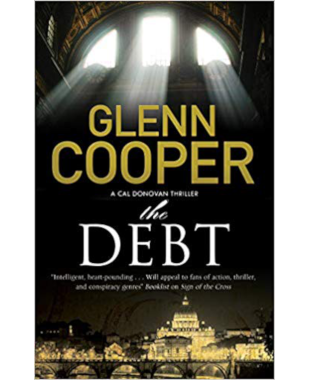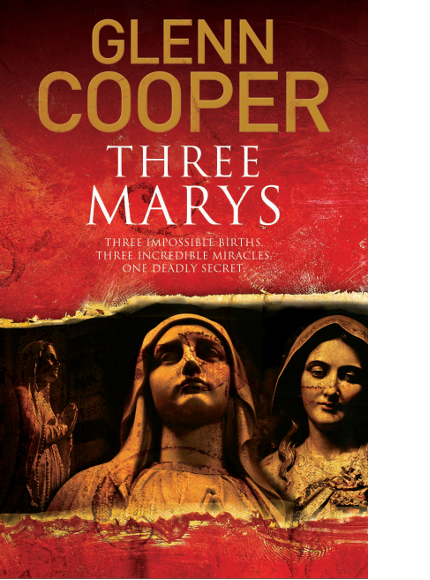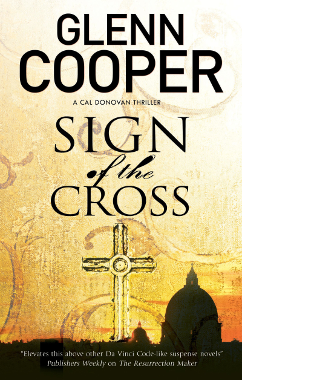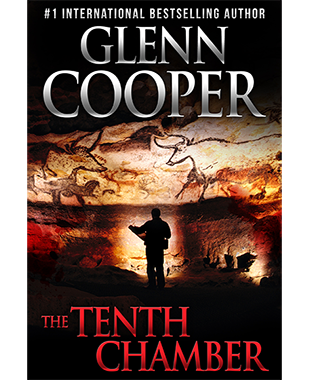England, fifteenth century. The Holy Grail. For centuries, rulers and clerics, scholars and adventurers have searched in vain for the sacred cup from which Christ drank at the Last Supper. Locked up in a cold, damp cell, the knight, Thomas Malory, author of the great book, Le Morte D’Arthur, has lost all hope: he has failed. By now there remains only one thing to do: hide within his story about the exploits of King Arthur and the Knights of the Round Table the key to an enormous secret, the key to finding the Grail.
England today. Arthur Malory is deeply upset. He has just seen his best friend, Andrew, and his wife, die at the hands of a ruthless murderer. It’s a miracle that he escaped the fire that destroyed their home. And it all started with a phone call in which Andrew had announced that it had made a sensational discovery about their passion: the Grail.
Since that time, Arthur has become the target of powerful, faceless men, hell-bent on finding the Grail themselves. His only chance of salvation is to find the Grail before them, and to do so, he must track down and follow a chain of clues left by his illustrious ancestor, Thomas Malory. It is a quest that spans the Jerusalem of Christ, the 5th century Cornwall of King Arthur, the 15th century England of Thomas Malory, the 19th century Barcelona of the architect, Antoni Gaudí, and a modern physics lab in Modane, France.
But the biggest mystery that Arthur will face will be the very nature of the power of the Grail, a power that dates to the very origin of the universe, a power that informs the resurrection of Christ and explosively merges spiritual and scientific thought.
















